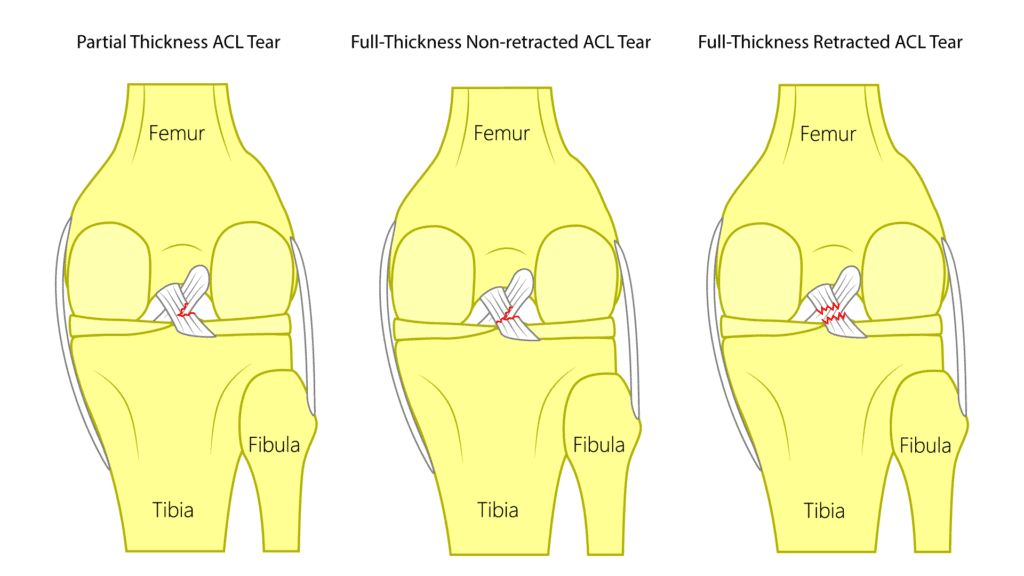
Do you have an MRI-confirmed partial or complete tear of the anterior cruciate ligament (ACL) Have been told surgery is your only option?
The Anterior Cruciate Ligament (ACL) is a crucial ligament in the knee that provides stability. An ACL tear can occur due to sudden stops, changes in direction, or direct impacts, leading to significant pain and instability.
Common symptoms include:

Common Causes include:

The procedure usually occurs over one day. First, your OrthoReNEW doctor will extract a small amount of bone marrow using precise imaging guidance, a specialized extraction technique unique to OrthoReNEW.
Once the marrow is drawn and processed by a OrthoReNEW lab technician, you will have time to relax before the reinjection of the harvested bone marrow concentrate into your ACL, done three to six hours later.
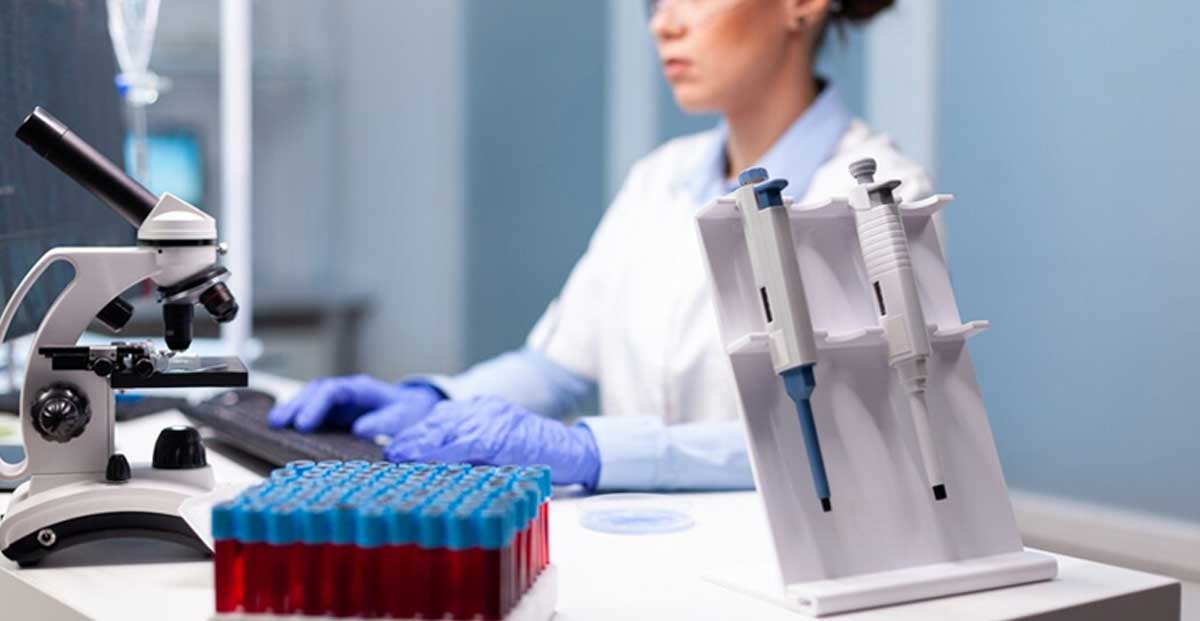
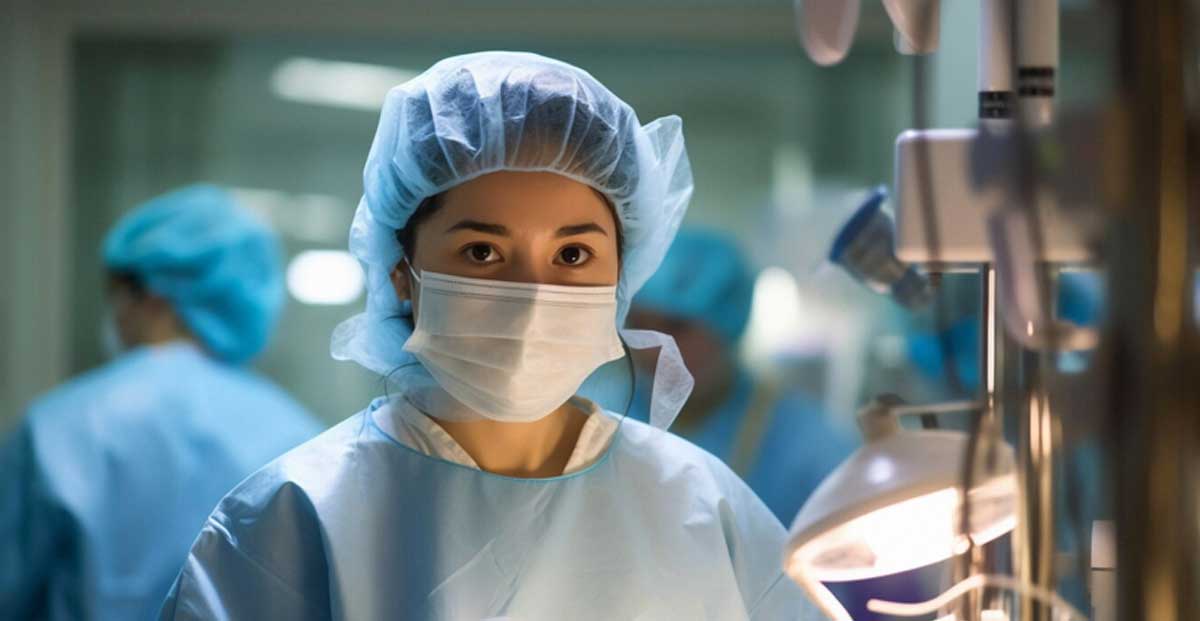
Specialized local anesthesia is applied before the reinjection using fluoroscopy (real-time imaging guidance). MRI imaging along with X-ray contrast is used to carefully map the torn ligament during the procedure, providing a “roadmap” for your doctor to implant bone marrow concentrate into the damaged areas of the ligament.
After the procedure, your joint will be sore for one to three days, but the pain will become less severe and less frequent within five to seven days. Most patients note that they see improvement to their ACL within a month and can resume light activities and begin physical therapy.
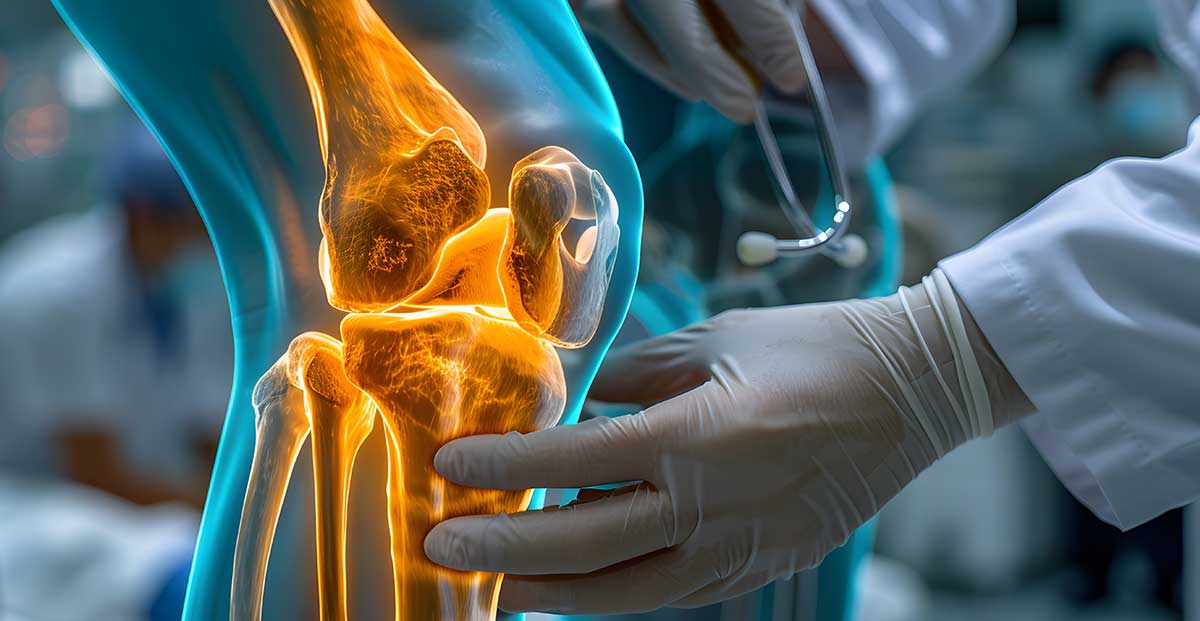
At OrthoReNEW, we prioritize cutting-edge regenerative treatments such platelet-rich plasma (PRP) which achieves 20 times more concentration than any other clinic or centers. This is to promote natural healing for ACL tears, emphasizing natural healing and quicker recovery. Our experienced team utilizes advanced concentrated cells and PRP therapies tailored to each patient’s needs.
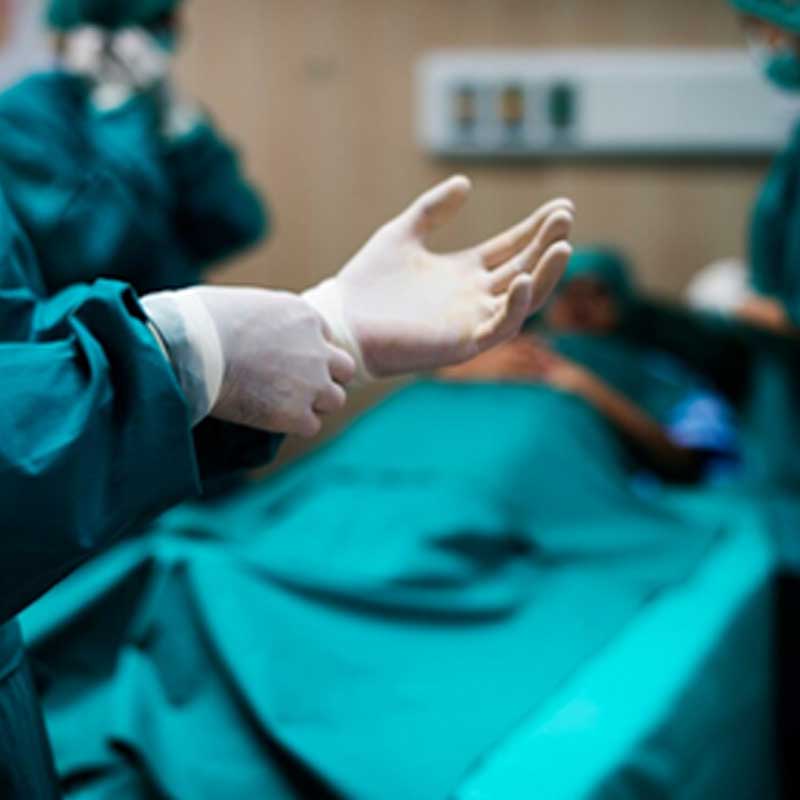

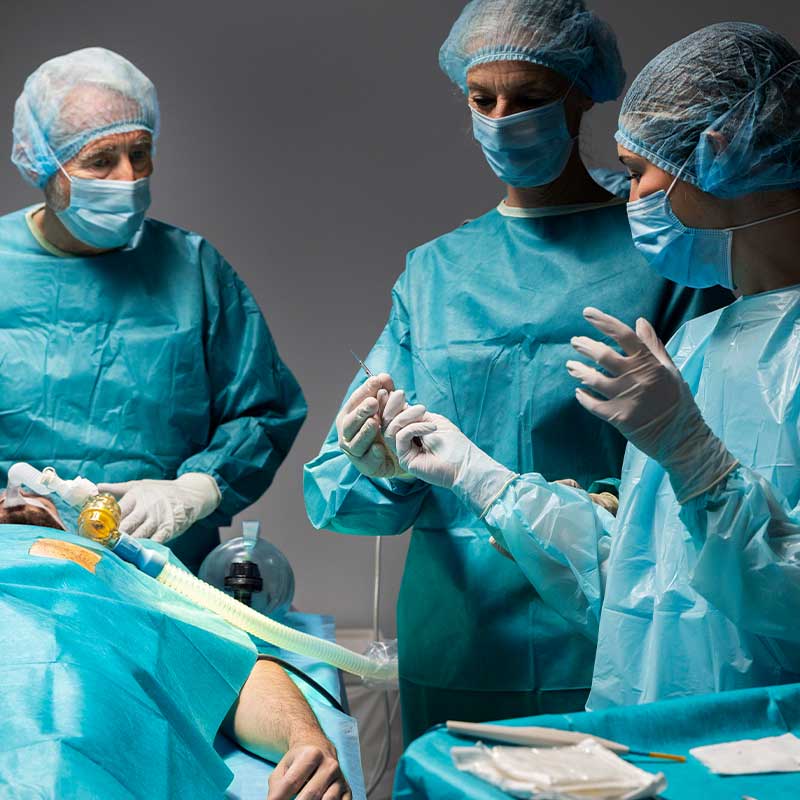

Frequently Questions.
Here are some common question about treatment.

There are two cruciate (meaning “cross-shape”) ligaments found inside your knee joint that work to stabilize it. They cross each other to form an X with the anterior cruciate ligament (ACL) in front and the posterior cruciate ligament (PCL) in the back. The ACL prevents the knee from sliding forward and the PCL from sliding backward.
ACL surgery is not generally an emergency procedure unless there is extensive damage to other structures, significant instability, or intense pain. Generally, if there is some joint stability, adults can delay surgery for a month or two. For young athletes, the waiting period may be slightly less and is often determined by a desire to get the injury repaired in the hope of returning to sports quickly. For some patients, delaying surgery and trying physical therapy first may help the healing process. If that fails, there are nonsurgical options, such as Perc-ACLR, to consider prior to resorting to surgery.
Research has also shown that ACL sprains and even complete ACL tears can regrow and heal on their own,2 particularly if interventional orthopedic procedures such as the Perc-ACLR procedure are utilized. These techniques do not require surgery and employ your body’s natural healing agents to repair your ACL injury. So, if your body can heal your ACL naturally, why would you choose surgery?
ACL sprains, tears, and ruptures are all essentially the same thing, and the terms are used interchangeably. Injured knee ligaments are all considered “sprains” and are graded on a severity scale.
An ACL rupture is another term often used to describe a tear. However, ruptures of the ACL are generally equated with complete full-thickness tears (Grade 3 Sprains) and are often associated with ligament deformity or full retraction.
When it comes to ACL tears, there are numerous classifications and subtypes. In regenerative medicine, however, we define these tears by 3 types: partial thickness, full thickness non-retracted, and full thickness retracted. Both partial thickness and full-thickness, non-retracted tears can be treated with regenerative medicine utilizing the OrthoReNEW knee Perc-ACL procedure to heal your tear without surgery. Full-thickness, retracted tears will likely require surgical repair to heal properly.
Statistically, only about half of athletes who have ACL reconstruction regain complete function after rehab and are able to return to sport at the same level. The other half regain knee stability but not normal biomechanics or proprioception equal to the noninjured knee. Functional limitations in daily life are also possible. It is always advisable to get a second opinion on the need for surgery as there are a number of documented complications associated with conventional ACL reconstruction surgery and your injury could have been misdiagnosed. While surgery might be the right procedure for some ACL injuries, the vast majority of people could avoid it.
